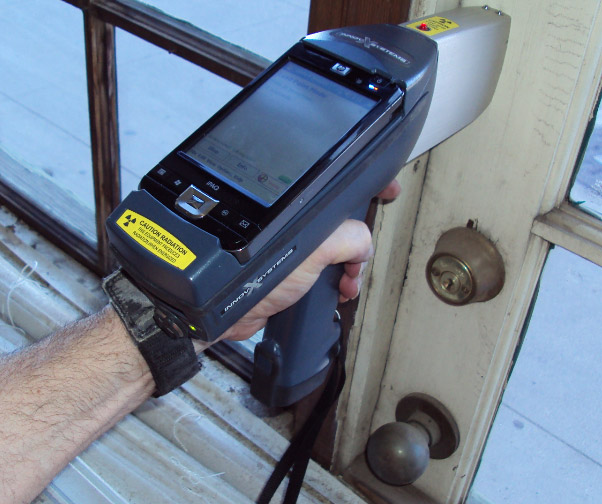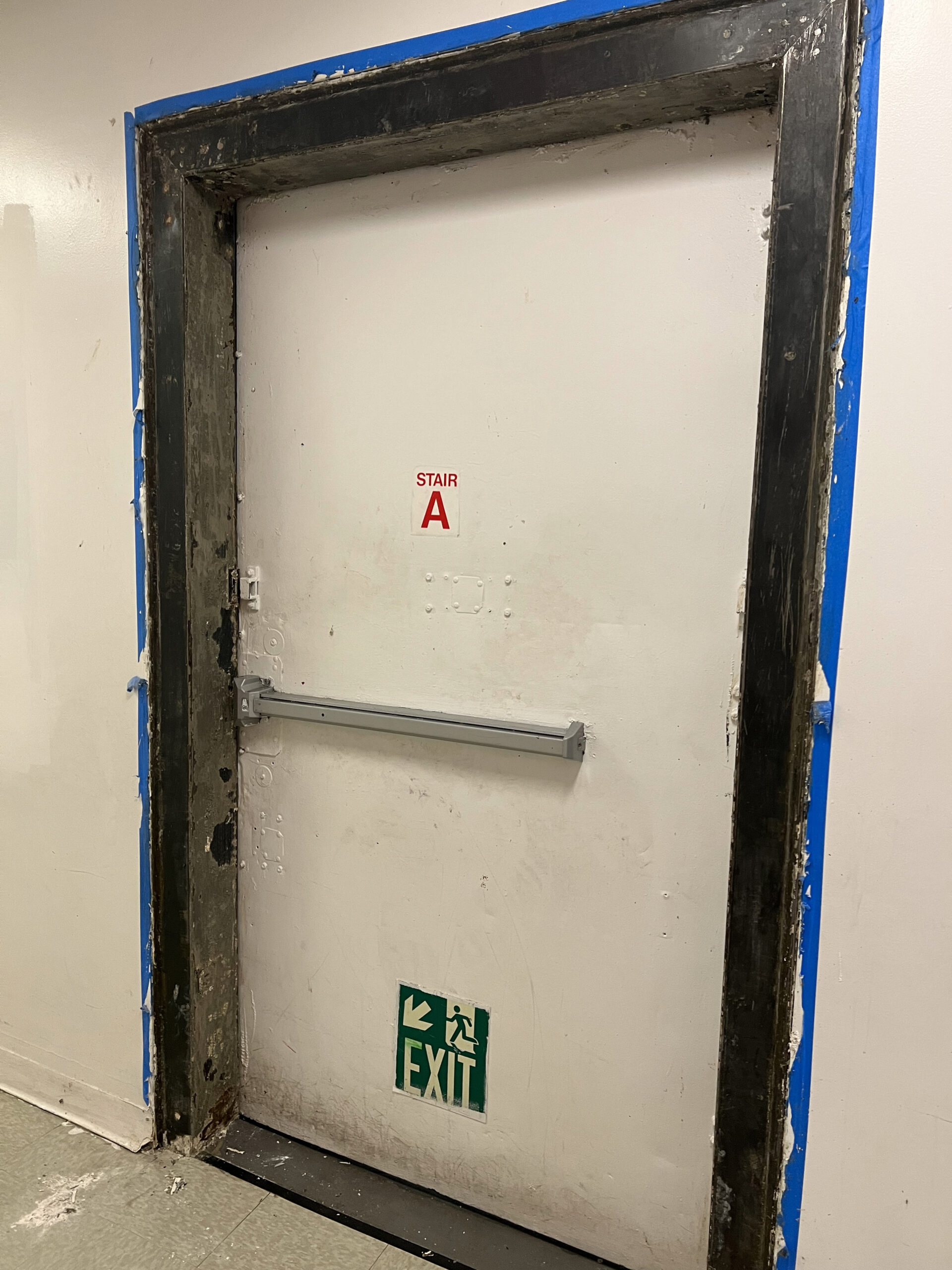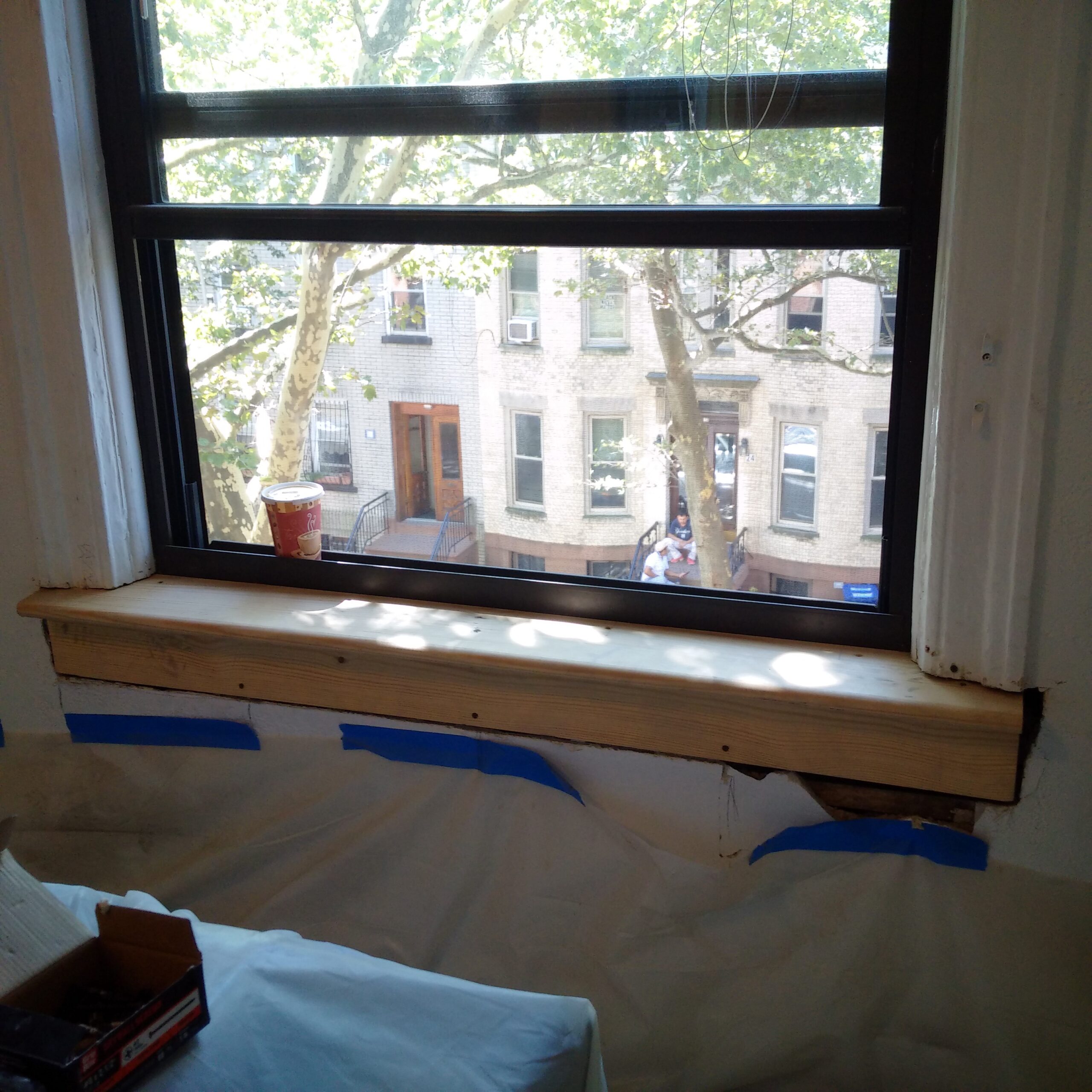Ideal Practices for Making Sure Safe and Comprehensive Lead Offense Abatement
Resolving lead violation reduction calls for a multi-faceted method to ensure both security and conformity. Initial evaluations making use of advanced discovery approaches such as XRF analyzers set the stage for a specific understanding of contamination levels. Integrating appropriate control techniques, including closed obstacles and HEPA filtration, coupled with the use of individual safety equipment (PPE) for workers, develops the foundation of a safe and secure operation. Precise clean-up procedures, including HEPA vacuuming and wet-wiping, are crucial. It's the last clearance procedure, entailing thorough evaluations and lab testing, that genuinely verifies a lead-free setting, ensuring long-term safety. Just how do these techniques adjoin to ensure thorough lead reduction?

Initial Analysis
Carrying out an initial assessment is a critical primary step in lead violation reduction. This phase incorporates a detailed analysis of the property to recognize the existence, extent, and details places of lead-based risks. Certified experts, such as certified lead assessors or risk assessors, need to carry out a comprehensive website evaluation, utilizing devices like X-ray fluorescence (XRF) analyzers to accurately identify and determine lead concentrations in paint, dirt, soil, and water.
The analysis needs to also consist of an evaluation of the building's background, previous records, and any kind of complaints or health and wellness concerns reported by residents - Lead Removal Contractors. Recording the searchings for thoroughly is important, as these records create the basis for developing an efficient reduction approach. A complete analysis also includes tasting and research laboratory analysis, which are crucial to verify the visibility of lead and guide subsequent actions
Moreover, it is vital to connect the outcomes transparently to all stakeholders, including homeowner, tenants, and regulative authorities. By making certain that the initial evaluation is performed with precision and rigor, experts can lay a strong structure for a targeted and efficient lead reduction procedure, ultimately safeguarding public health and wellness and making sure compliance with regulatory requirements.
Appropriate Control
Proper control is critical to stop the spread of lead contaminants throughout reduction activities. Properly handling containment lessens the danger of lead dirt and debris migrating to non-work locations, thereby guarding both the atmosphere and individuals outside the instant work zone.

Normal evaluations of the control area are essential to look for violations or weaknesses in the obstacle. Any determined concerns ought to be promptly dealt with to keep the integrity of the control. By adhering to these methods, reduction projects can successfully control lead contamination and reduce affiliated health dangers.
Employee Protection
Making sure employee protection is vital throughout lead abatement jobs to avoid occupational exposure to hazardous lead particles. Necessary actions include making use of individual safety equipment (PPE) such as respirators, gloves, and full-body matches specifically developed to obstruct lead dirt and fumes. Workers must undertake extensive training on the right use and upkeep of PPE, including in shape screening for respirators to ensure optimum efficacy.
Engineering controls, such as regional exhaust air flow systems, are vital in reducing air-borne lead focus in the workplace. Administrative controls ought to likewise be applied, consisting of restricting the duration of exposure and turning workers to decrease private exposure times. Routine medical monitoring and biological tracking are indispensable for early detection of lead absorption, enabling prompt intervention and therapy.
Furthermore, establishing a decontamination procedure is important. Workers should follow strict decontamination procedures before breaks and at the end of their shift to stop lead dirt from being lugged outside the workspace. This consists of detailed hand and face washing with lead-specific cleansing representatives and altering out of infected garments.
Careful Clean-up
Maintaining a safe workplace extends beyond worker security and encompasses meticulous clean-up to make sure lead fragments are completely removed from the site. The process of thorough clean-up is critical in avoiding the recontamination more info here of the eased off area and securing both current and future residents.
To accomplish a thorough cleanup, all job areas have to be systematically sanitized. This includes using specialized HEPA (High-Efficiency Particulate Air) hoover and wet-wiping methods to record and eliminate great lead dust that might have chosen surface areas. It is crucial to clean all horizontal surface areas, including floors, home window sills, and countertops, in addition to upright surfaces that might have entraped lead particles.
Employees should put on appropriate personal safety tools (PPE) during clean-up to stay clear of exposure to residual lead dirt. Made use of cleaning materials such as wipes, sponges, and wipe heads need to be gotten rid of based on hazardous waste disposal guidelines.

Final Clearance
Last clearance is the critical ending stage of lead reduction that establishes whether the website is secure for reoccupation. This essential action entails thorough examination and screening to validate that all lead dangers have actually been successfully gotten rid of.

Last clearance testing not just protects future occupants yet additionally ensures conformity with neighborhood, state, and government policies. It offers as a recorded recognition of the reduction professional's adherence to industry best techniques. Guaranteeing a comprehensive and effective visit the site final clearance is important in safeguarding public wellness and promoting rely on the reduction process.
Verdict
Making sure risk-free and comprehensive lead infraction reduction demands a diverse method encompassing initial evaluations with advanced detection approaches, effective control strategies, rigid employee security procedures, and thorough cleanup procedures. The last clearance phase, featuring thorough evaluations and lab screening, is important to validate have a peek at this website conformity with EPA standards. Adherence to these finest techniques assures a safe atmosphere for passengers, minimizes health risks, and maintains governing needs, thereby promoting public health and wellness and security in lead-affected locations.